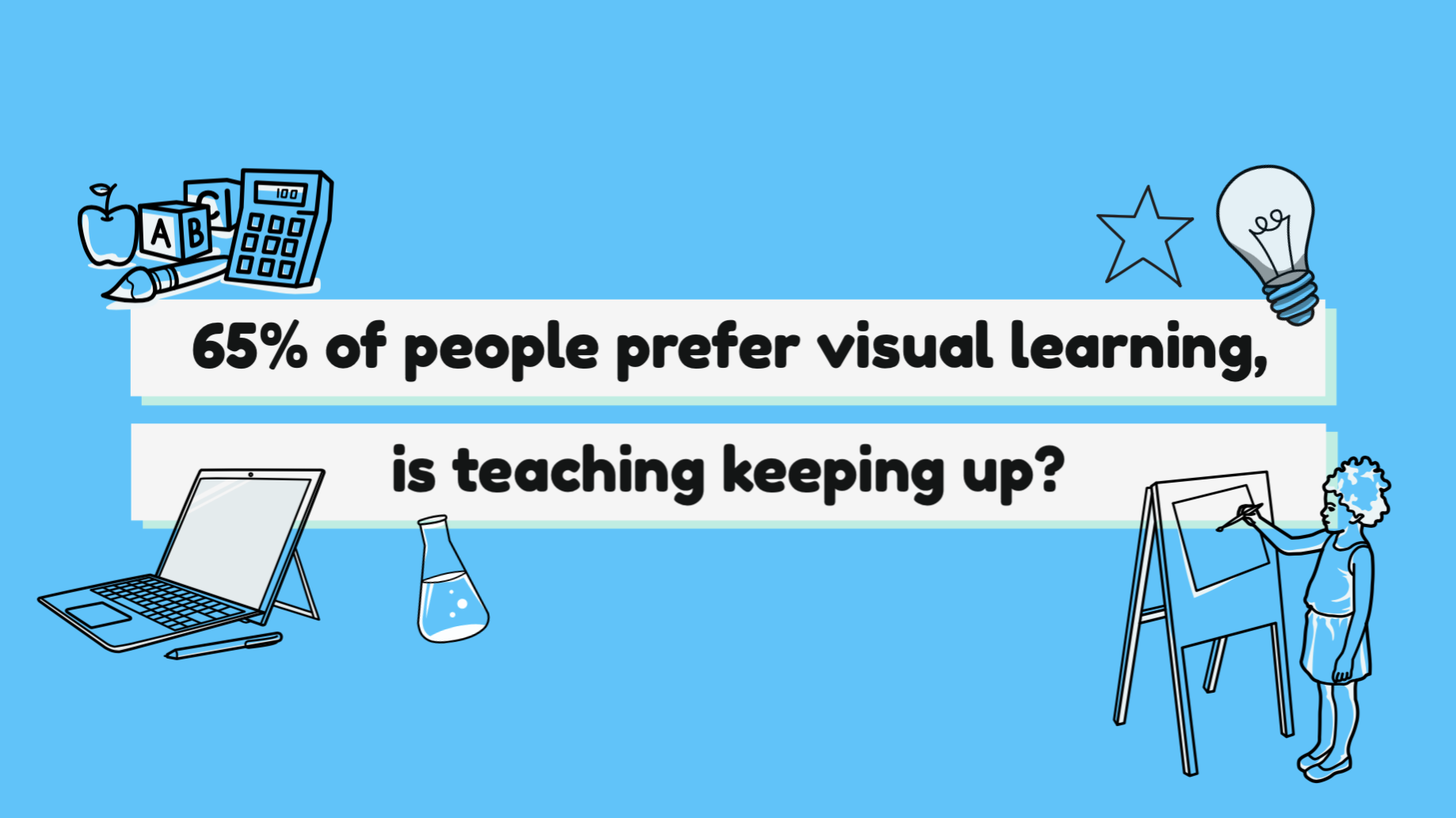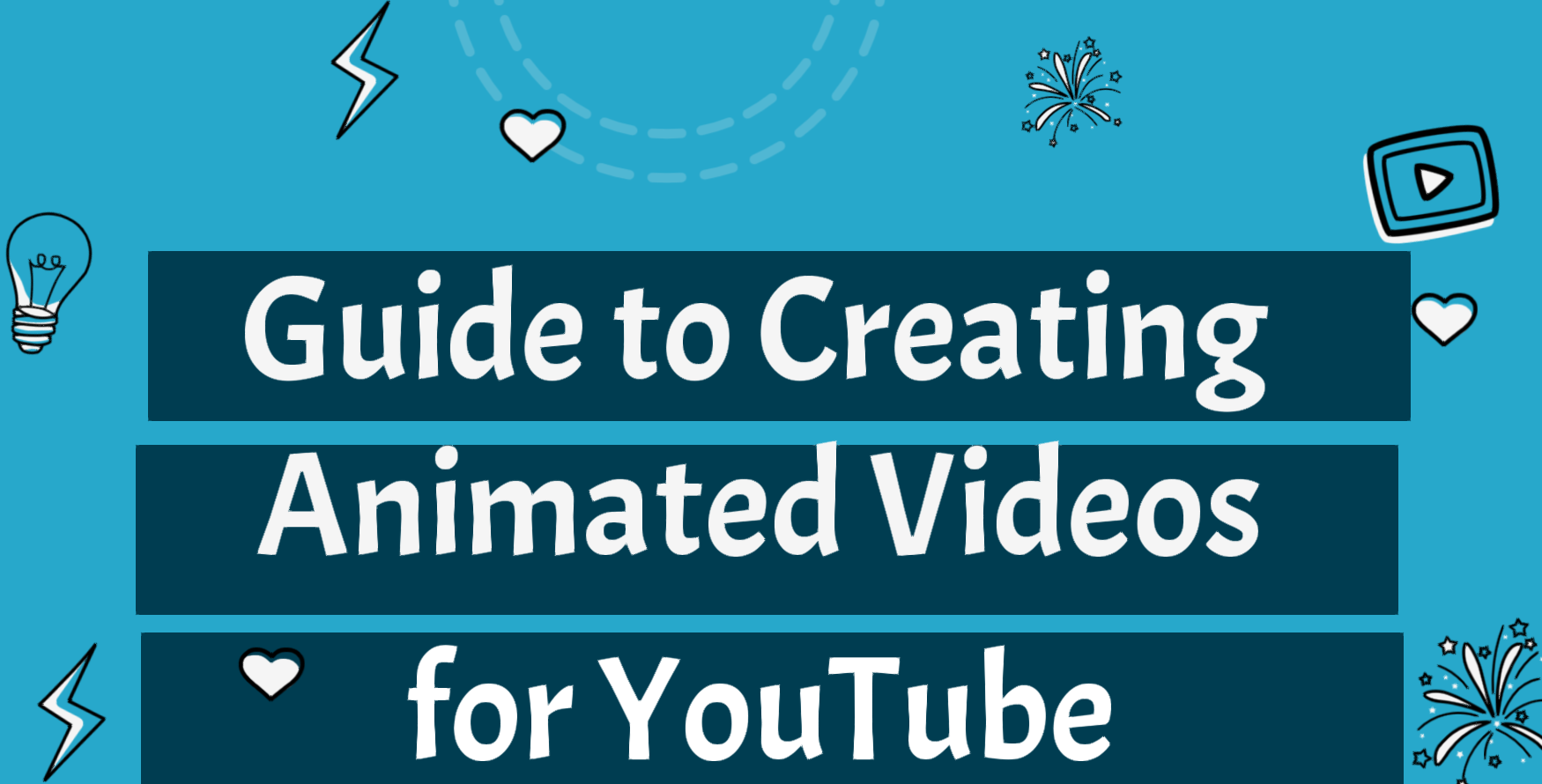Video accessibility is all about making your video content enjoyable for as many people as possible. Why? Because the more accessible your content, the more people can experience it, which means you’ll get more engagements! Accessibility isn’t just limited to video - it should be applied in all digital formats - from websites to digital PDFs. But, because we’re VideoScribe and we love all-things-animation, we’re going to focus on how you can improve your video accessibility. Read on to find out our top 4 tips.
TL;DR? Keep an eye out for color contrast, implement closed captions if using a voice-over, reduce the severity of background noise, music or audio, and never allow auto-play. Check out our summary video below:
Want to create videos like this yourself? We made ours using VideoScribe! You can sign up today for a free 7-day trial (with no payment details needed upfront). If you’ve started your trial or have already finished it, you can become a subscriber! Just head to our buy page, choose a subscription type that’s right for you, and complete our checkout process. It’s really that easy.
1. Color contrast
Our first tip is around color contrast. This is an important color-specific consideration for your viewers with a color vision deficiency. In fact, in the UK alone around 1 in 12 men and 1 in 200 women have a degree of color vision deficiency. The key to improving your video accessibility with color contrast is by having your text or images distinguishable by having sufficient contrast with the background. Check out our example below. The text on a blue background fails color contrast accessibility, whereas by using a highly contrasting background - the purple - the text is distinguishable and passes color contrast accessibility.
-2.gif?width=600&name=ezgif.com-gif-maker%20(5)-2.gif)
2. Closed captions
If you’re using a voice-over or talking head in your videos, closed captions are a great way to help your deaf or hard-of-hearing users engage with your content. Closed captions are also helpful if your voice-over is spoken quickly, with an accent, or if there’s a lot of background noise. By including closed captions, you're enabling your viewers to read and follow what is being said.
Closed captions should be considered as standard practice for videos with a voice-over. Especially because it's not just about improving accessibility for your hard-of-hearing users. Did you know that 85% of all videos on Facebook are watched on mute? Don't let your time and effort in getting a high-quality voice-over go to waste. Closed captions all the way!
-4.gif?width=600&name=ezgif.com-gif-maker%20(7)-4.gif)
3. Background noise
Background noise can be many things - accompanying background music, environmental sounds like an office building, or unwanted noise distractions like a dishwasher (oops, we've been guilty of that with our remote working!). Prominent, or even subtle but consistent background sounds make it difficult for people who are hard-of-hearing to understand spoken words. Removing as much unnecessary background noise as possible will give your viewers a more enjoyable video experience.
-3.gif?width=600&name=ezgif.com-gif-maker%20(6)-3.gif)
4. Auto-play
Your audiences who need screen readers and navigate through your content by listening can find auto-play video content to be very distracting. Why? Because any sound that plays when the page loads will interfere with screen readers. Wouldn't you rather your audiences consume the content of your website how they choose? After all, our users need to come first!
By making sure you apply these tips to your videos, you’ll enable more people to consume your content. Don't forget, you can create engaging, accessible video content in VideoScribe for free with our 7 day free trial.



.png)



![How to create animation magic [3-part guide to video success]](https://blog.videoscribe.co/hubfs/How%20to%20create%20animation%20magic%20guide%20VideoScribe.png)


COMMENTS